We live in a world filled with endless food options. Science and technology has opened up an industry that serves up delicious yet at most times, food items our bodies can do without. The percentage of healthy and natural options weigh in lightly on the dining out scale. Perhaps it still has its roots that such foods can be prepared at home. Having said that, the trend of recent years has seen more people looking back to our forefather’s time for eating inspirations. Terms like ‘vegetarian’, ‘organic’, ‘raw’, ‘eat clean’ are frequently trumpeted by health-conscious individuals but what do they actually mean?

Image by George Hamilton via Flickr
GOING RAW
As mankind only begun using fire to cook about 300,000 years ago1, archaeologists inferred that earlier civilisations ate raw, including meats but their diet were mostly made up of fruits and vegetables sourced from the land.
Raw diet followers usually do not cook foods believing that heating them over 47°C as it destroys vitamins and enzymes, believed to be the “life force” of food. Such enzymes are supposed to act as catalysts for bodily functions required for metabolic purpose and is able to
heal the body. Hippocrates, often considered the father of medicine famously said “let food be your medicine”; was believed to have consumed a primarily raw vegan diet. In 1966, Iranian, A. Hovannessian wrote “Raw Eating” and how he and his sick child went on a raw diet guided only by intuition and his child’s health was restored. A Viktoras Kulvinskas began trying to change the diets of people with ‘incurable’ diseases through wheat grass juice and other raw foods. Aside from fresh vegetables and fruits, the community also eats seeds, nuts and grains which would be soaked to become more digestible.
The four branches of a raw diet include3:
• Zero animal products and dairy (raw-vegan),
• Raw vegetarians who would take eggs and dairy with most foods eaten raw
• Raw carnivores who eat meat products like sashimi and carpacci
• Raw omnivores who eat both plant and animal-based foods without cooking
THE VEGAN
• Avoids all animal products as well as eggs, dairy products and other animal-derived substances.
• Ovo-lacto vegetarians permit themselves to eat eggs and dairy but not the meat of any animals.
• Lacto-vegetarians who abstain from eggs but are alright with dairy.
• Ovo-vegetarian take eggs but not dairy.
• Some communities refrain from root vegetables (onions, garlic, potatoes, tubers). Although these items look like one body, it is believed to contain countless lives as the bulb is seen as a living being, able to sprout. Thus uprooting it for eating would mean ending lives.
• You can be a semi-vegetarian as well by eating meat products very minimally; usually practiced by individuals transitioning to full vegan.
• Juicing is often a quick and easy way to eat all your fruits and vegetables while smoothies with soymilk protein make nutritionally adequate meals.
• Ethical vegetarians also oppose the use of animals and its products for any purpose.
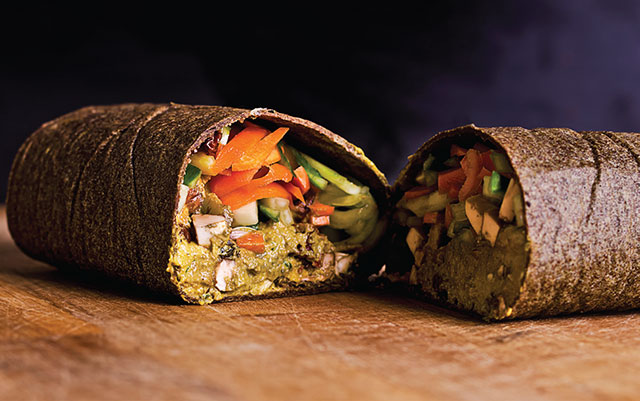
Example of a raw food wrap
EAT CLEAN
You might hear a fitness buff say it often but it really is a back-to-basics eating plan. Lean protein, good carbohydrates and fats, plenty of fresh fruits and vegetables plus keeping hydrated is basically it. Followers believe it to be wholesome as it does not call for cutting out any food groups but focus on portion control. Eating clean means avoiding sugars, artificial sweeteners, alcohol, foods with preservatives and processed foods as much as possible.
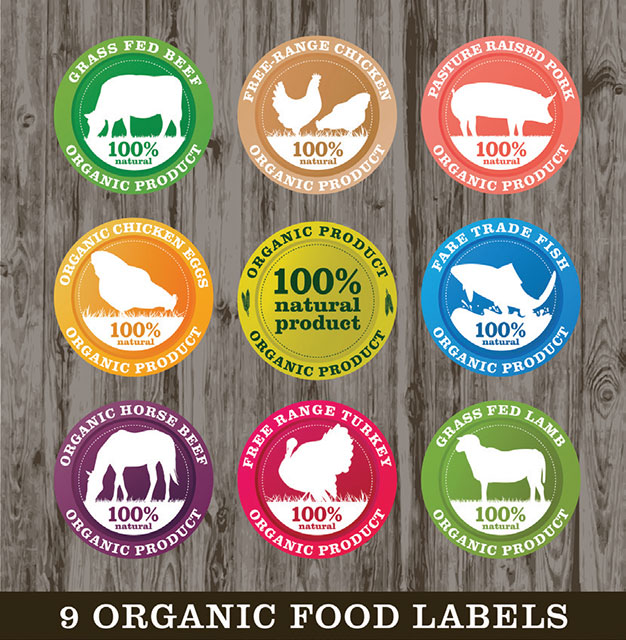
ORGANICALLY SPEAKING
This movement arose to resist the use of chemicals to food supply during the 1940s when industrialisation of agriculture was in full swing. Initiated by a Lord Northbourne, he described that farms ought to be an organism in contrast to his notion of chemical farming that used “imported fertility” and therefore “cannot be self-sufficient nor an organic whole”.4 Consumers interested in organic food would seek out non-chemically treated, fresh or minimally processed food and non-use of unapproved pesticides. Suppliers were usually small farmers who constantly engaged with their customers, showing them farming practices. Organic farming soon extended to include poultry and meats. Organic definitions and certifications vary across countries and there has been no conclusive evidence that these products are superior in taste and nutrition or are healthier than its counterparts.
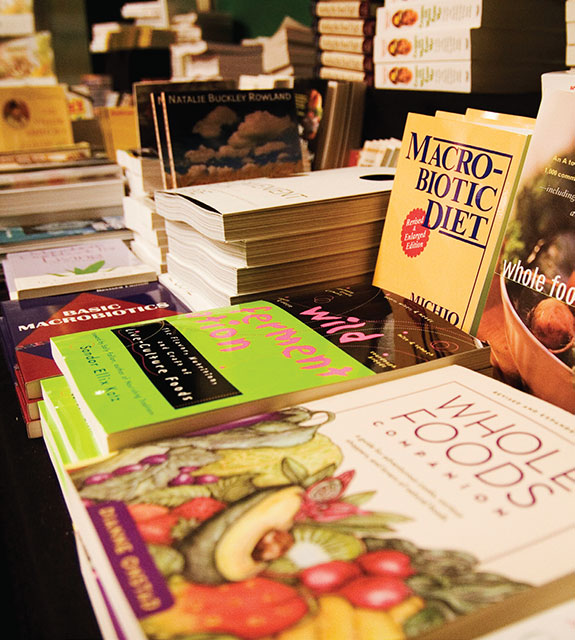
ON MACROBIOTICS5
George Ohsawa developed this approach in the 1920s based on a principle of a simple, healthy diet helps us live harmoniously with nature. Thus, one avoids foods containing toxins and many are strict vegan with no dairy and meats although some may opt to include organic fish and meat. This lifestyle is not just about the food types but also how food is cooked. On the general, eat organic whole grains, locally grown organic fruits and vegetables together with soups containing vegetables, beans, lentils and fermented soy. One of the rule macrobiotics follow is chewing food until becomes a liquid in the mouth, believing it helps improve digestion.
References:
1 Smith, Roff (29 January 2014). “Oldest Known Hearth Found in Israel Cave”. National Geographic. Retrieved from http://en.wikipedia.org/wiki/Cooking
2 http://purelyraw.com/history.htm
3 http://www.medicalnewstoday.com/articles/7381.php
4 John, Paull (2006). “The Farm as Organism: The Foundational Idea of Organic Agriculture” Retrieved from http://en.wikipedia.org/wiki/Organic_food 5http://www.cancerresearchuk.org/about-cancer/cancers-in-general/treatment/complementaryalternative/therapies/macrobiotic-diet

Ashley’s raw food kitchen
OPERATING ON THE CONCEPT
Think that a healthy angle for your business would pay off? Here are a few aspects to consider before setting up shop or adding these choices to your existing concept. These are not compulsory laws by any regulatory body but are based
on observations from our visits to existing establishments or talking to business owners and professionals in the industry.
Segregated food preparation areas
An organic restaurant is not necessarily purely vegetarian. Some customers who are strict vegans might request for their food to be prepared using a specific set of utensils that had not come in contact with non-vegan items. For example, we visited Ashley’s by Living Food restaurant in Kuala Lumpur and found that they have a separate kitchen, utensils and equipment for hot cooking and raw food preparation. This is because some raw food followers are particular about “cross-contamination”; and also the hot kitchen’s environment is too extreme for the delicate preparation of raw dishes.
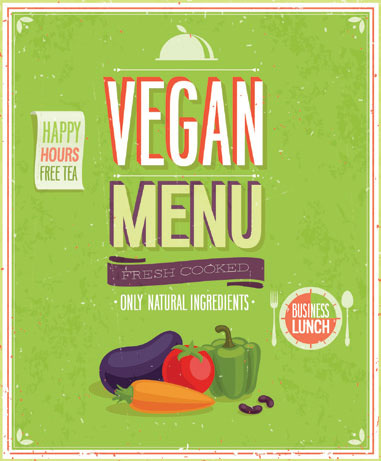
Labeling
In an organic restaurant, ingredients should all carry an organic certification by default, but is it possible to acquire every ingredient as organic? If not, placing labels to distinguish them will help customers be more aware. Also, in Asian vegetarian cuisine, meats are
often replicated using wheat gluten, commercially known as ‘seitan’. Produced by washing wheat flour dough to remove all the starch granules and leaving a sticky insoluble gluten for cooking, ‘seitan’ is an alternative to soya. With gluten-free diets on the rise, customers would appreciate the label.

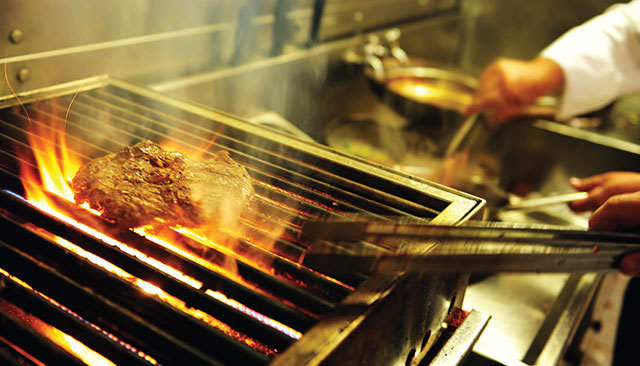
Too intense for raw food preparations

Food Safety
Salmonella infections, although usually linked to eggs and poultry, have been found to be possibly derived from fruits and vegetables as well due to poor hygiene practices. With a high chance that health-conscious establishments serving a good number of raw vegetables and fruits items, the kitchen must take extra care to thoroughly wash and/or peel fruits and salad vegetables. Some restaurants may opt to use alkaline water to wash the produce, saying that it does a better job in removing insecticides and pesticides as well as result in better tasting foods (more about alkaline water system in our EQUIPMENT section). If you are not running separate kitchens and do have eggs and poultry on the menu, HACCP recommends they are segregated while hands and worktops that have been in contact with them must be cleaned and sanitised before touching the fruits and vegetables.
Ambience
The idea of eating fresh, light and healthy food usually alludes to an environment that suits the mood. Walk into most healthy restaurants, it is likely that lights are soothing, the interior boasting neutral shades reflecting a sense of calm. Potted plants at the right places would enhance the space too. It is designed with balance and subtlety, in line with its menu.
We are sure there might be more elements out there related to such day-to-day practices in infusing the healthy twist to your restaurant. Next, we speak to a certified nutritionist and professional foodservice manager of a medical facility to find out more about menu management and food safety regulations in their field.










